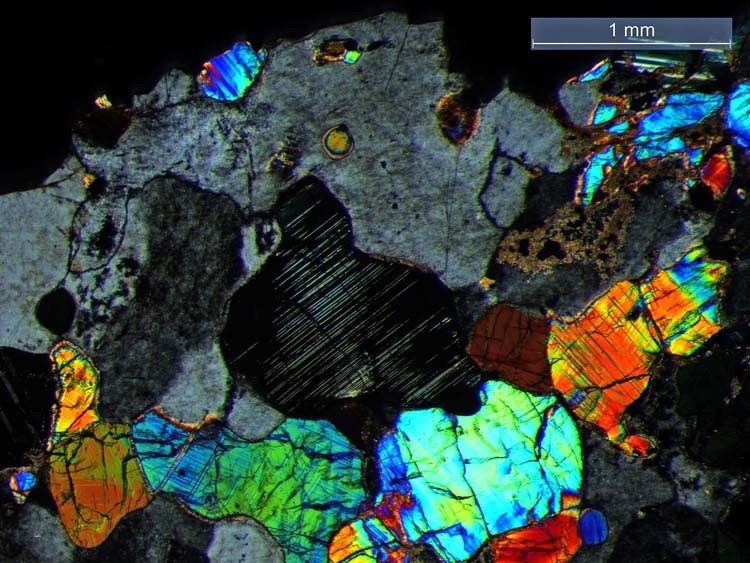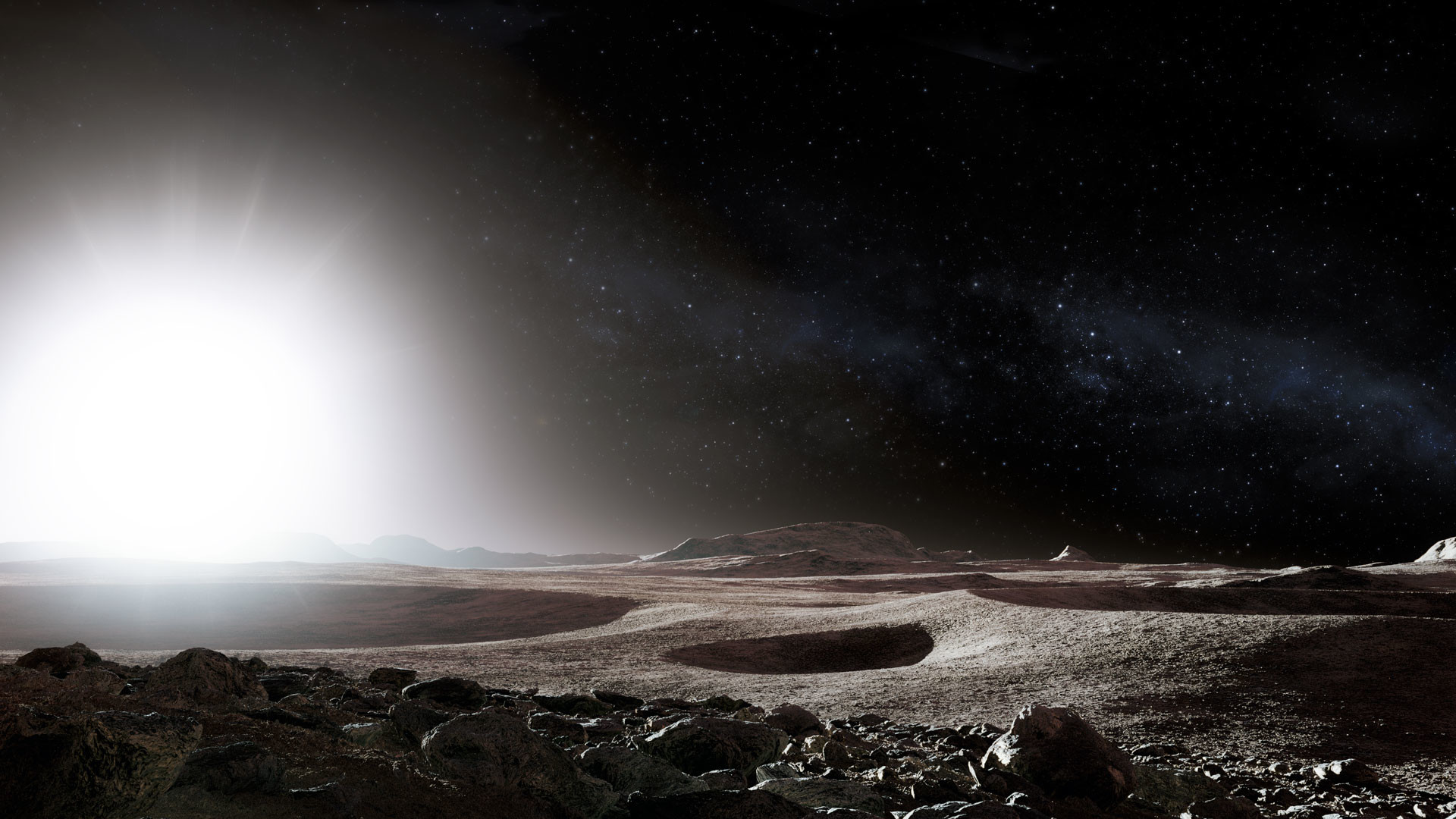Mercurian
Mercury is the closest planet to the Sun and the smallest planet in the Solar System, only 40% larger than the Earth's Moon and smaller than Jupiter's moon Ganymede and Saturn's Titan. Mercury has no moon. Its orbit is the closest of all the planets to the Sun, and it takes only 87.969 days to complete one orbit. Mercury's orbit has the greatest orbital eccentricity of any planet in the solar system, and the planet itself has the smallest - almost zero - inclination of its rotational axis. During two orbits around the Sun, there are three rotations around the rotation axis.

Meteorite from the planet Mercury
Along with meteorite NWA 7325, meteorite NWA 8409 is the second meteorite with a significant assumption of its origin from the planet Mercury. Surprisingly, the meteorite lacks a large amount of iron and instead contains abundant magnesium, aluminium and calcium silicates. Similar properties are found in the crust of Mercury, according to the latest findings of the MESSENGER spacecraft.
The meteorite is thought to have originated in the deeper layers of Mercury's crust and was ejected into space by the impact of a large body on the planet's surface. The ejected material then travelled through the solar system until it collided with our planet. It will be possible to confirm or refute this hypothesis when, for example, a probe delivers samples from the surface of Mercury. So far, according to available sources, no such thing is planned.
The assumption of a mercurian origin is also high for differentiated achondrites called Aubrites.

Achondrite - Ung.

Achondrite - Aubrite
Meteoritical Bulletin Database

